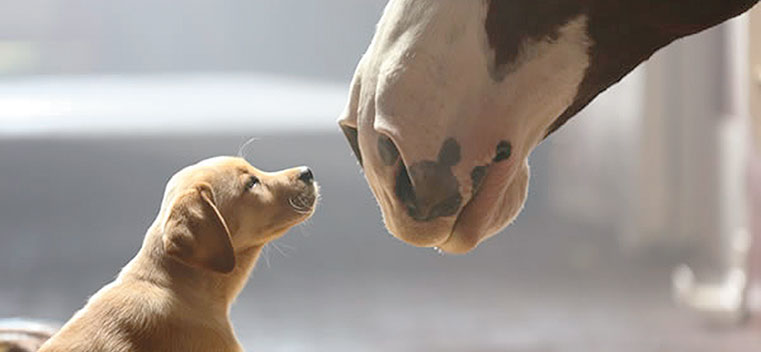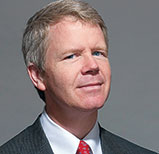
A Commercial Success
Tell us what you think. E-mail comments or questions to the editors at letters@northwestern.edu.
Ever wonder about those strange designations we use throughout Northwestern to identify alumni of the various schools of the University? See the complete list.
Find Us on Social Media
Annual Kellogg advertising review looks at the Super Bowl's big draw.
 For the past decade marketer Tim Calkins has spent Super Bowl Sunday hard at work. He and fellow Kellogg School of Management professor Derek Rucker lead an annual student review of the game’s real draw — the multimillion-dollar ads. Volkswagen, Heinz and Budweiser were among last year’s favorites.
For the past decade marketer Tim Calkins has spent Super Bowl Sunday hard at work. He and fellow Kellogg School of Management professor Derek Rucker lead an annual student review of the game’s real draw — the multimillion-dollar ads. Volkswagen, Heinz and Budweiser were among last year’s favorites.
How has Super Bowl advertising changed in the past decade?
It has become even more important for marketers. The world of media is fragmenting, and the Super Bowl provides a place where the advertisers can reach a huge percentage of the U.S. population at one time. And now it has gone from being a one-time event to a monthlong marketing extravaganza.
What makes a Super Bowl ad work?
A Super Bowl ad needs to stand out; it has to attract attention. It has to communicate a benefit, give people a reason to buy the product or the service. There also has to be a connection between the creative and the brand. One of the great problems that many Super Bowl advertisers have is that they run ads that are very funny or entertaining, but they’re not really connected to the brand. People remember the ad, but they forget the advertiser.
What do Super Bowl ads tell us about ourselves?
A number of years ago we had advertisers like Cash for Gold buying Super Bowl spots. This was not a good sign for the U.S. economy. Now we’re getting more and more automakers advertising on the Super Bowl, which reflects a shift in buying habits and an improving economy. Super Bowl advertising really reflects where we are today as a country.
What should viewers expect when the Super Bowl kicks off in February?
I don’t think we’ll be back to enormous slapstick humor and dancing monkeys. A decade ago we had all the dot-com advertisers putting out ads that were goofy and silly and reflective, though, of the time. Then we ended up in an era with real focus on global economic hard times. I suspect this year we’ll see advertisers reflect the fact that the economy is getting stronger, but it certainly isn’t there quite yet.
Will we see anything that reflects all of the international chaos that we find ourselves in? I think that’s hard to predict.



 Facebook
Facebook Twitter
Twitter Email
Email


